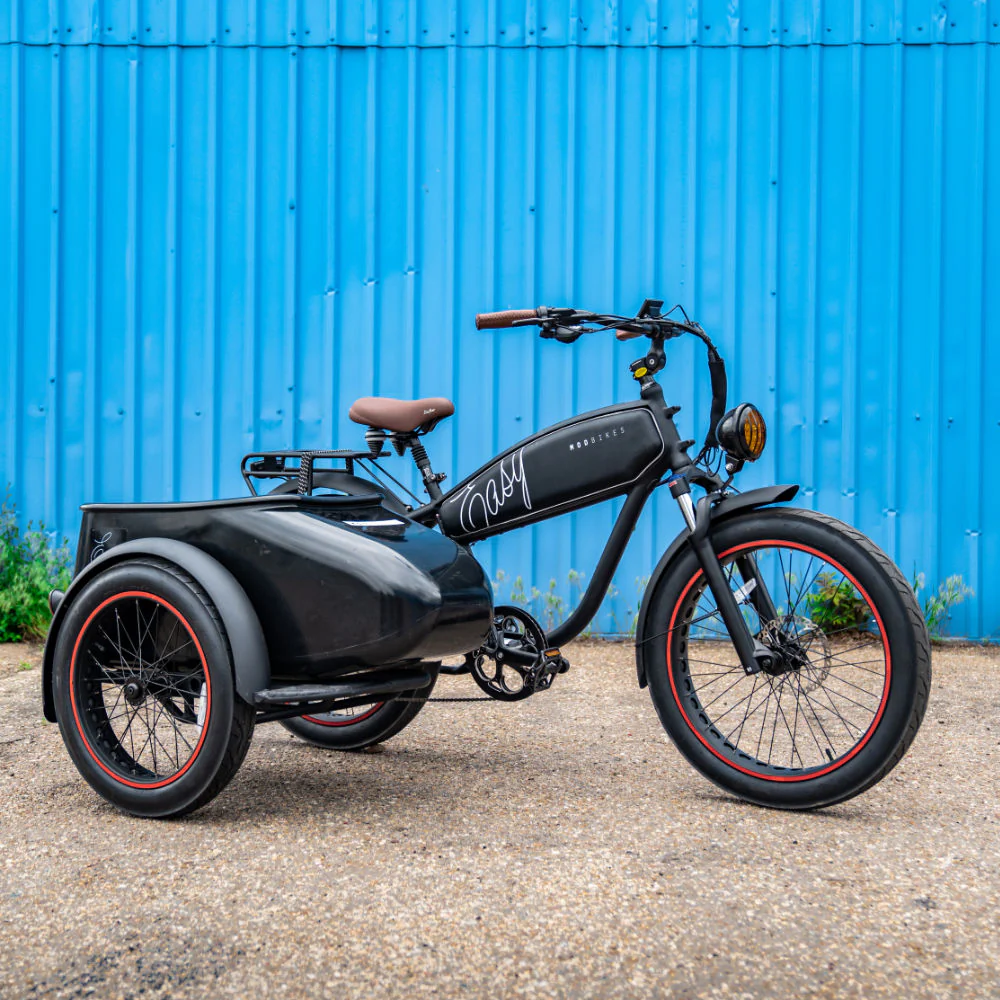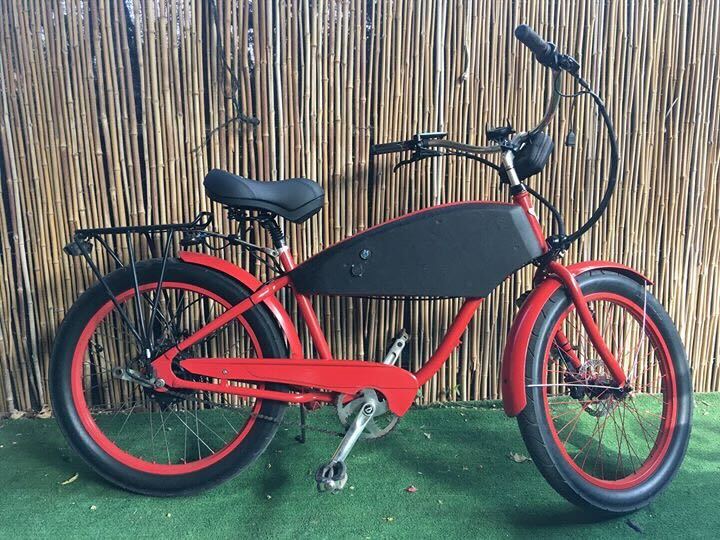As some Ars readers may recall, I reviewed The Maven Cargo e-bike earlier this year as a complete newb to e-bikes. For my second foray into the world of e-bikes, I took an entirely different path.
The stylish Maven was designed with utility in mind—it's safe, user-friendly, and practical for accomplishing all the daily transportation needs of a busy family. The second bike, the $4,299 Mod Easy Sidecar 3, is on the other end of the spectrum. Just a cursory glance makes it clear: This bike is built for pure, head-turning fun.
The Mod Easy 3 is a retro-style Class 2 bike—complete with a sidecar that looks like it's straight out of Indiana Jones and the Last Crusade. Nailing this look wasn't the initial goal of Mod Bike founder Dor Korngold. In an interview with Ars, Korngold said the Mod Easy was the first bike he designed for himself. "It started with me wanting to have this classic cruiser," he said, but he didn't have a sketch or final design in mind at the outset. Instead, the design was based on what parts he had in his garage.
The first step was adding a wooden battery compartment to an old Electra frame he had painted. The battery compartment "looked vintage from the beginning," he said, but the final look came together gradually as he added the sidecar and some of the other motorcycle-style features. Today, the Mod Easy is a sleek bike reminiscent of World War II-era motorcycles and comes in a chic matte finish.
When I showed my 5-year-old son a picture of the bike and sidecar, he was instantly enamored and insisted I review it. How could I refuse? He thoroughly enjoyed riding with me on the Maven, but riding in the sidecar turned out to be some next-level fun. He will readily tell you he gives it a five out of five-star rating. But in case you want a more thorough review, my thoughts are below. I'll start with some general impressions and then discuss specific features of the bike and experience.



















 Loading comments...
Loading comments...
